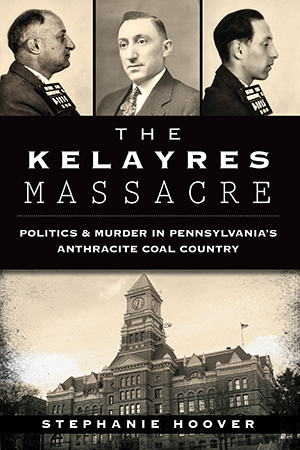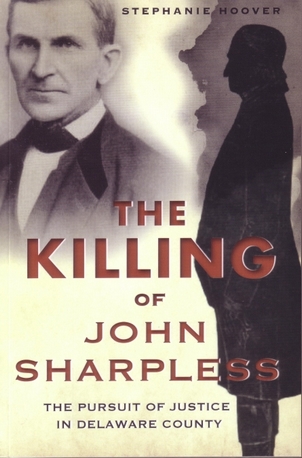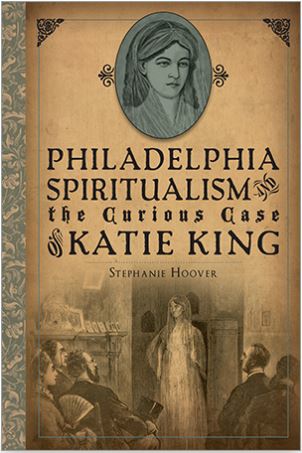Pennsylvania's Common Schools:
A History of the State's School System
© Stephanie Hoover - All Rights Reserved
With more than 1,800,000 of Pennsylvania's school-age children attending public schools, it's hard to imagine a time when "common schools" were a matter of great controversy. Yet the struggle to provide free public education to all Pennsylvania children began with the writing of William Penn's "great law" and did not end until 1837 when the system finally found a strong foothold.
Penn initiated the idea of free education for the poor in 1682. Little was done, however, to make this vision become reality. Education in the colonial period was predominantly the domain of religious institutions and other private sources. There was little interest in subsidizing education for those of limited means.
The Pennsylvania Constitution of 1790 took a pro-active approach in this matter and demanded that schools be established throughout the state "in such a manner that the poor may be taught gratis." An act providing for this education was passed in 1804 and said that while the poor would be educated for free, those with the means to pay were required to do so. An 1809 amendment provided a method by which the county treasurer would pay for educating the poor by means of collecting taxes. These acts were received with contempt by both prospective tax-payers, and by less fortunate families who didn't want the stigma of being labeled "poor."
There were, in fact, many reasons why early Pennsylvanians fought the establishment of common schools. A sparse population in many areas of the state made the formation of some schools burdensome if not impossible. Germans were particularly opposed to common schools out of fear that the English language would become commonly accepted, eliminating the use of their native tongue. Closed religious sects such as the Amish felt that childrens' education should solely be provided by the church. This feeling was shared by Catholics, Episcopalians, and Quakers.
By contrast, Presbyterians, Baptists, and Methodists supported public schools, as did New England immigrants who were accustomed to public education.
By 1831 Pennsylvania was the only northern state without a comprehensive school system. Governor George Wolf, an advocate of common schools, told the legislature that of the state's 400,000 school-age children, only 150,000 were attending school. It was clear that the issue required a broader legislative mandate if the idea of common schools was to succeed. The "School Act of 1834" provided that authority while still allowing residents of individual school districts to vote to adopt its requirements. Only about half of Pennsylvania's nearly 1,000 school districts promptly voted to come under the provisions of the act. By early 1837, about three-quarters had accepted the measure.
The School Act of 1834 created bitter fighting across the state. It was favorably received in the northern and western counties. The southern and central counties, however, strongly opposed. Cities generally favored the law as did organized working men looking to insure that their children would have the opportunities education afforded.
The levying of school taxes only angered more the opponents of common schools, but these taxes finally enabled the completion of a statewide system of public education. Yet remaining was the need to staff schools with professional, properly trained teachers.
1854 saw the first "normal schools," institutions devoted to the training of teachers. The "Normal School Act of 1857" divided the state into twelve normal school districts. It also authorized private individuals to open normal schools. The system of private ownership proved unsuccessful, however. To attract students (and their tuition fees) entrepreneurs lowered scholastic standards and ignored entrance requirements. In 1911 the state began purchasing normal schools and the basis for admission gradually rose to college standards.
There were other challenges in the history of public education in Pennsylvania: the resistance to compulsory attendance; the movement to make high school education as accessible as that provided at the common school level; and the efforts to create teachers' unions. It was, however, the fight for common schools that first made education a valued right, and made the occupation of "common school teacher" a profession of which one could be proud. ~SH


